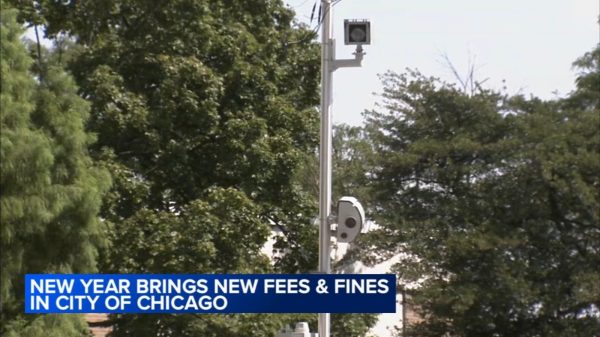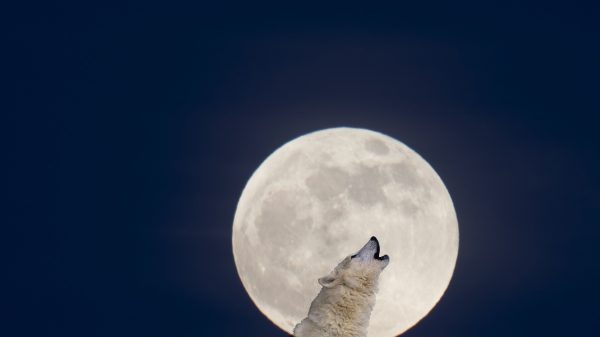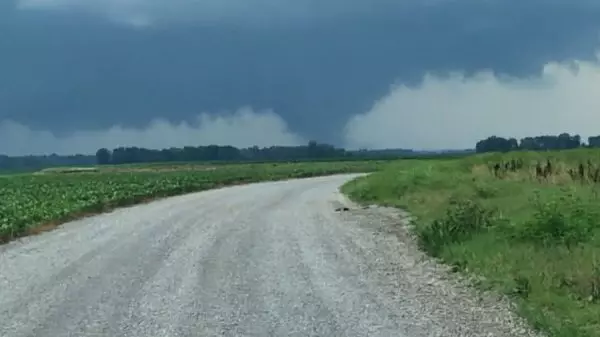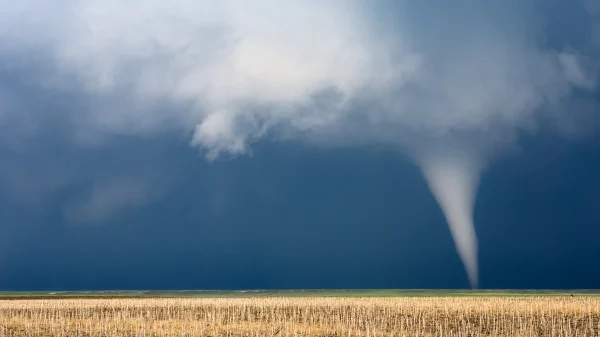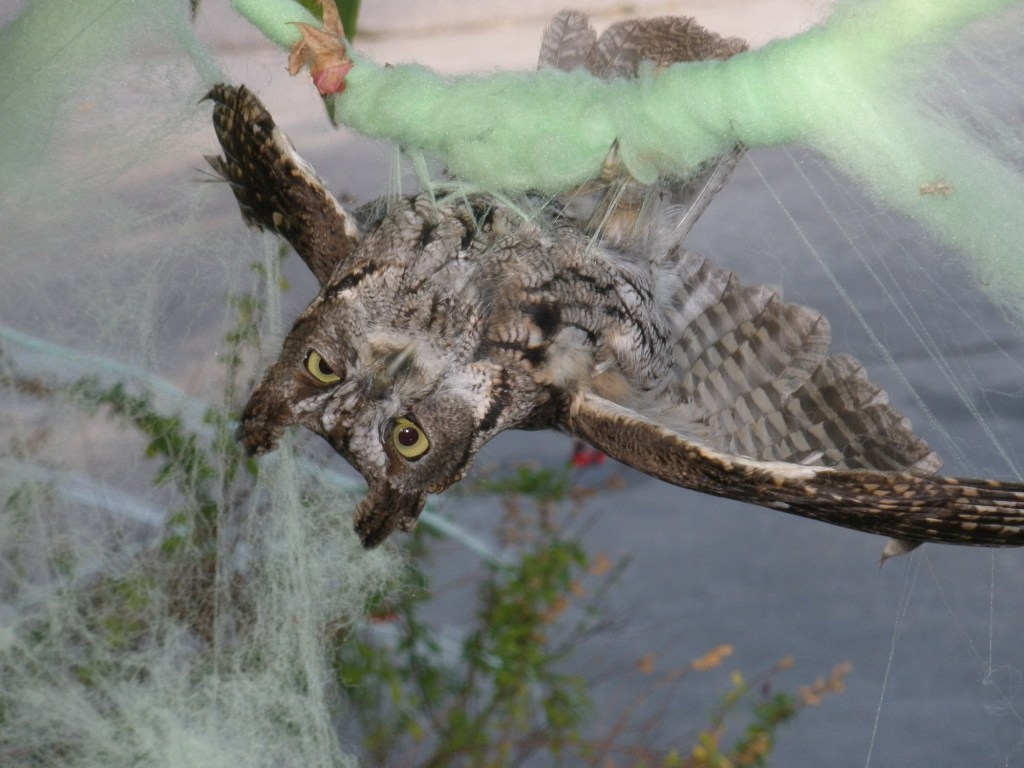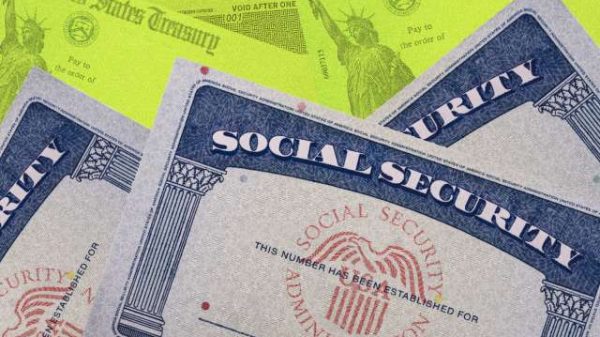
As the countdown to Halloween begins, I’ve been stocking up on candy and dusting off the spooky décor to ready my house and yard for a night of trick-or-treating. My young daughter loves the decorations — and, let’s be honest, the sugar high — that come with this frightfully festive night. But amidst all the fun, I always consider the impact on our pets and local wildlife. That’s because this spooky season comes with plenty of potential pitfalls for our four-legged friends, wild birds and more. Here’s how to protect animals this Halloween, without sacrificing the fun.
Dangerous decorations
Sure, you want to set a spooky scene, but some decorations are more treacherous than others. Jack-o’-lanterns and other candles are a burn risk if a curious pet comes too close — not to mention a major fire risk in a county parched by severe drought — so opt for battery-operated, flameless candles if you crave that telltale flicker on your front porch. If you use decorations that plug into an outlet, be sure animals can’t chew or get tangled in the electrical cords. And steer clear of fake cobwebs, which can trap birds and cause serious harm if ingested by your pets.
Out of paw’s reach
That bowl of candy is tempting to more than just trick-or-treaters. Candy is unsafe for pets and chocolate is particularly dangerous, especially dark chocolate. It contains a toxin called theobromine, which can cause poisoning in both dogs and cats.
Signs of chocolate poisoning can include vomiting and diarrhea, rapid panting and heartbeat, and increased thirst and urination. And while milk chocolate is less of a threat, the sugar and fat in a candy bar can still cause your pet plenty of gastrointestinal distress. Call your veterinarian or the ASPCA Animal Poison Control Center (888-426-4435) right away if your pet has ingested chocolate.

